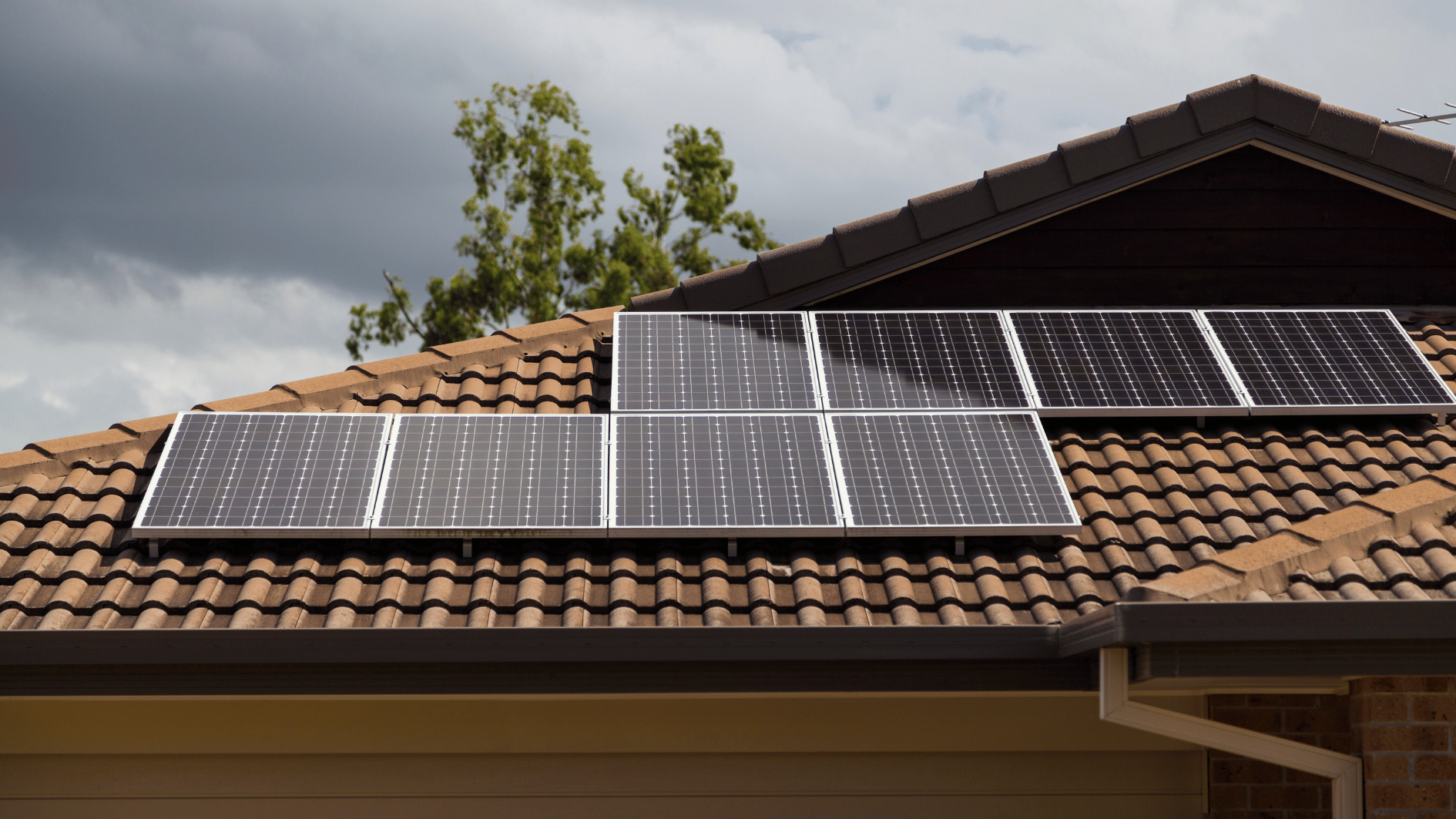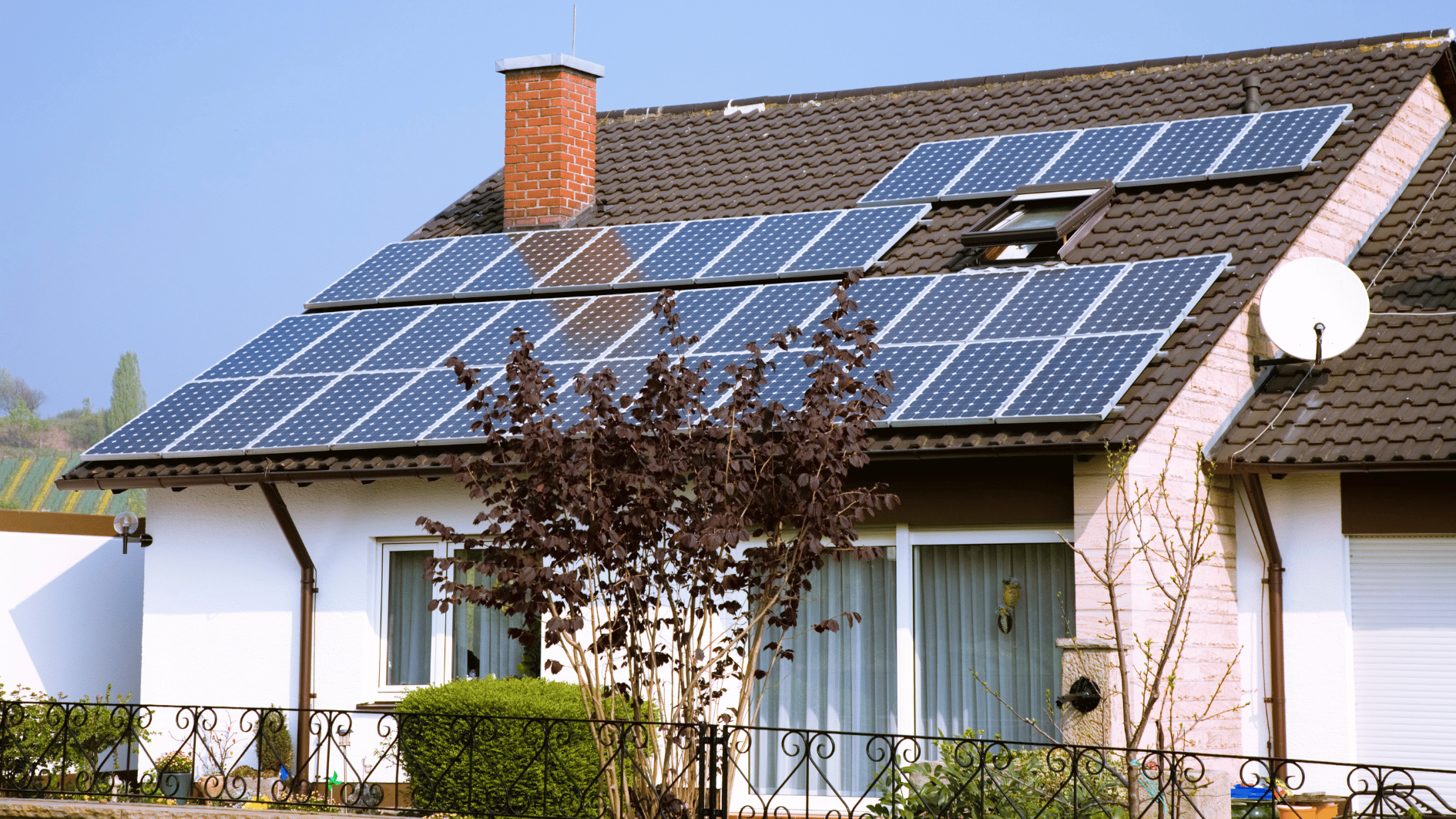Image source: Canva.com
As the demand for renewable energy continues to rise, many homeowners who have already invested in solar power are considering expanding their systems. Whether driven by increased energy needs, the desire to maximize savings, or the goal of further reducing carbon footprints, adding solar panels to an existing system is an option worth exploring. However, this process involves more than just purchasing and installing additional panels. Here’s what you need to know before expanding your solar power system.

Complete Guide to a 3kW Solar Power System
Assessing Your Current System’s Capacity
The first step in expanding your solar system is to evaluate the capacity of your existing setup. This involves understanding the current energy production, the inverter’s capacity, and whether your existing infrastructure can support additional panels.
Inverter Capacity
The inverter is a crucial component that converts the direct current (DC) generated by your solar panels into alternating current (AC) used in your home. If your inverter is already operating at or near its maximum capacity, you may need to upgrade to a larger one or add a second inverter to accommodate the additional panels.
Roof Space and Orientation
Consider whether your roof has enough space to install additional panels. If space is limited, you might need to explore alternative installation sites, such as ground-mounted systems or using other roof areas. The orientation and angle of your roof also play a critical role in ensuring that the new panels are as efficient as possible.
Electrical System Compatibility
Ensure that your home’s electrical system can handle the increased load. This might require upgrades to your wiring, circuit breakers, or other components to safely integrate the additional solar power.
Understanding Your Energy Needs
Before expanding your system, it’s essential to analyze your current and future energy needs. If your energy consumption has increased since you first installed your solar panels—perhaps due to the addition of new appliances, an electric vehicle, or changes in your household—you’ll need to determine how many additional panels are required to meet these needs.
Energy Audit
Perform an energy audit to assess your current consumption patterns and forecast future usage. This will allow you to determine the scale of the expansion required to meet your energy targets.
Net Metering and Incentives
Check your state’s net metering policies to see how adding panels could impact your utility bills and overall savings. Some states provide incentives or rebates for solar expansions.
Compatibility of New Panels with Existing Ones
When adding panels to an existing system, compatibility is key. Solar technology has advanced rapidly, and the panels available today might differ significantly from those installed in the past. It’s important to ensure that the new panels are compatible with your existing system to avoid performance issues.
Panel Specifications
Check the specifications of your current panels, including their wattage, voltage, and efficiency. The new panels should have similar characteristics to ensure they work seamlessly together. Mixing different types of panels can lead to suboptimal performance and reduced efficiency.
Manufacturer Considerations
If possible, it’s advisable to use panels from the same manufacturer as your original system. This can simplify compatibility and warranty issues. However, if the original panels are no longer available, consult with a solar professional to find the best match.
Professional Installation and Permitting
Adding solar panels to an existing system typically requires professional installation to ensure safety and efficiency. A qualified installer will assess your system, recommend the best approach, and handle the technical aspects of the expansion.
Permitting Requirements
Expanding your solar system may require new permits, depending on your local regulations. Your installer should be familiar with the permitting process and help you obtain the necessary approvals.
Inspection and Testing
After installation, your expanded system will need to be inspected and tested to ensure it meets safety standards and performs as expected. This step is crucial to avoid any potential issues down the road.
Financial Considerations
Expanding your solar system is a financial investment, so it’s important to consider the costs and potential savings. While adding more panels can increase your upfront expenses, it can also lead to greater long-term savings on your energy bills.
Cost-Benefit Analysis
Calculate the cost of the expansion, including equipment, installation, and any necessary upgrades. Compare this with the potential savings on your energy bills to determine if the investment makes financial sense.
Financing Options
Explore financing options, such as solar loans or leasing, to spread out the cost of the expansion. Additionally, check if there are any available incentives, rebates, or tax credits that can offset the costs.
Future-Proofing Your Solar Investment
As you consider expanding your solar system, think about the long-term potential of your investment. Solar technology continues to evolve, and advancements in storage solutions, such as battery systems, can further enhance the benefits of your solar setup.
Battery Storage
If you haven’t already, consider adding a battery storage system to your solar setup. This allows you to store excess energy generated during the day for use during peak hours or at night, increasing your energy independence and further reducing your reliance on the grid.
Monitoring and Maintenance
Ensure that your expanded system is equipped with monitoring tools to track its performance. Regular maintenance is essential to keep your system running efficiently and to maximize its lifespan.
Adding solar panels to an existing system can be a smart way to increase your energy production, reduce your utility bills, and further your commitment to sustainability. However, it requires careful planning and consideration to ensure that the expansion is compatible with your current system and meets your energy needs. By understanding the technical, financial, and regulatory aspects of this process, you can make informed decisions that maximize the benefits of your solar investment.






